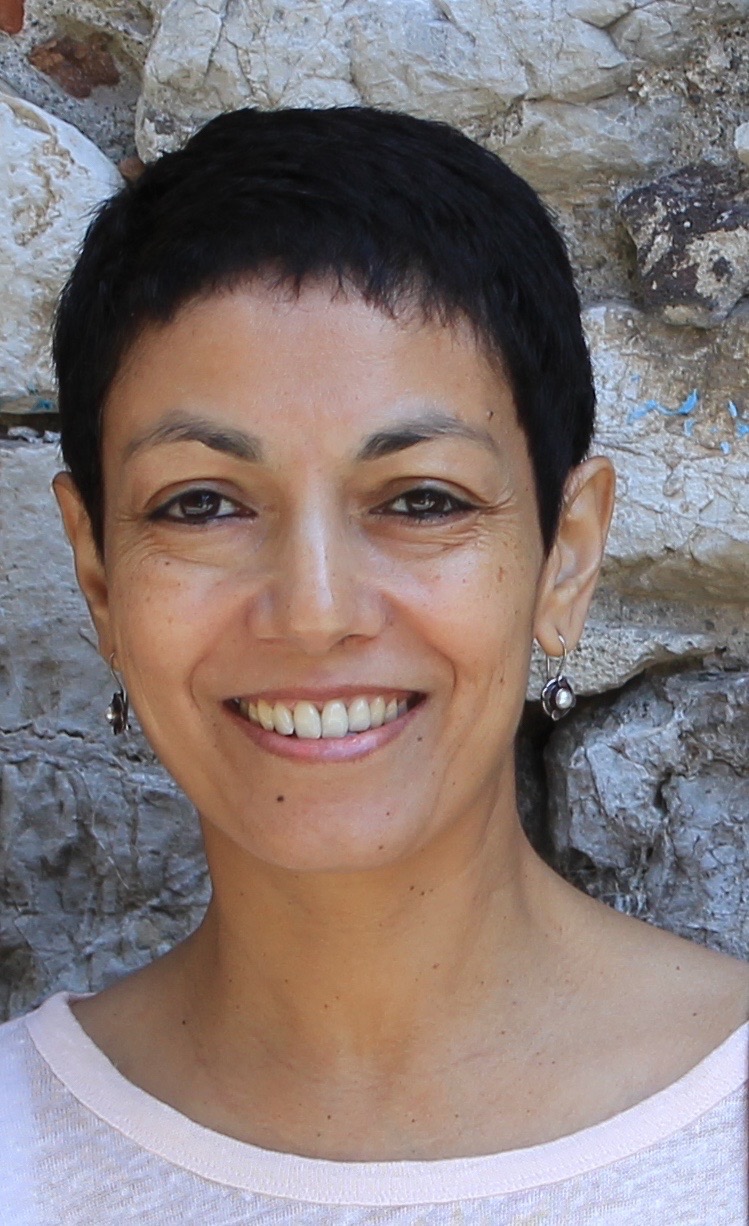Devika Carriappa: Winner of Bal Sahitya Award (2019)
Devika Carriapa is the winner of Bal Sahitya award for 2019. She won the award for her nonfiction book - India Through Archaelogy: Excavating History. Published by Tulika books, this mammoth nonfiction book of 160 pages is a wonderful reference material for children of all ages.
Devika shared her thoughts after winning the award instituted by Sahitya Akademi.
Devika shared her thoughts after winning the award instituted by Sahitya Akademi.
 |
| Pic courtesy: tulikabooks.com |
1.Did you
know about the Bal Sahitya awards before you won?
Of course! And
I’ve always felt that a national award that recognises children’s writing
across languages and genres is something truly unique.
2. This is
probably the first time that a non-fiction book has won the Bal Sahitya award.
You are also the first archaeologist to win an award meant for authors who
write for children. Your comments.
I am delighted
that the genre of non-fiction for children has been recognised.
I left my
academic life behind when I started writing for children. Back when I started out
in Archaeology, I always wanted write a book like this, simply because there
are so many exciting stories in Indian archaeology that I knew children would
enjoy.
3.Two major
awards in two years...Do you feel inspired to write more history books for children?
I’m very
gratified by the response to the book.
Not just
history, I love writing any non-fiction for children and would love to continue
in that line.
4. What are
you excavating currently? Do you work full-time as an archaeologist? Are you a
professor?
No, I’m now a
full-time writer.
5.How long
did the book take to get published?
A little under
two years. Tulika (the publishers), had a great, very unique, vision of the
format and layout of the book and that took time and effort. There are
illustrations, cartoons, photographs, maps and information boxes, all of which
had to be worked around the main story.
6. Did you
write a bit every day after work?
I tend to write
from early morning, waking at 4 am most of the time. My children think it’s
weird! My writing day usually ends by lunchtime and after that I’m pursuing all
my other interests.
7.There must
have been an overload of information available when you were writing the book.
How did you manage to stick to the brief?
Definitely an
overload because of the huge range of time covered, from prehistory almost down
to the present. A lot of research went in and of course, fact-checking and
verification.
When I started
writing, I approached the book as a series of chapters in story format which I
thought would capture the imagination of children. Once these were done, the
extra information formed itself around the stories.
8.Ashok
Rajagopalan's illustrations have brought life to your text. How much of
interaction did you have while he was illustrating book? Did you write
elaborate illustration notes?
Ashok is a
wonderful illustrator and his cartoons have certainly brought life to the book!
He always knew what was required. Once in a while there would be a discussion
on costumes or weapons or other details like that.
9.Do you like
the way history is being taught to school kids today? What more needs to be
done?


I’ve taught
history to 9th and 10th graders. So, I would say, it’s not so much how history
is taught as the attitude to history. Generally speaking, the subject is
somehow seen as the ‘poor cousin’ to the sciences. Most parents don’t encourage
their children to learn it or pursue it for higher studies. History has to be
seen and respected as a discipline with its own methods and rigour of research
just like say, physics or computer science. Those methods have to be taught.
There is
wonderful history text books – the NCERT books, for instance- which have been
highly researched and carefully written for Indian children. We need to give
our children the chance to read and explore this subject in a less
exam-oriented fashion.
10. You are
an archaeologist and an award-winning author now. What's your next milestone?
I want children to be able to look around and
see, contextualise and appreciate aspects of their ancient heritage all around
them, whether they live in villages, towns or in crowded, modern cities. I hope
that the kind of books I write in future will provide pointers to them
– in fun ways – of their rich history.To buy a copy of Devika's book, click here.



Comments
Post a Comment